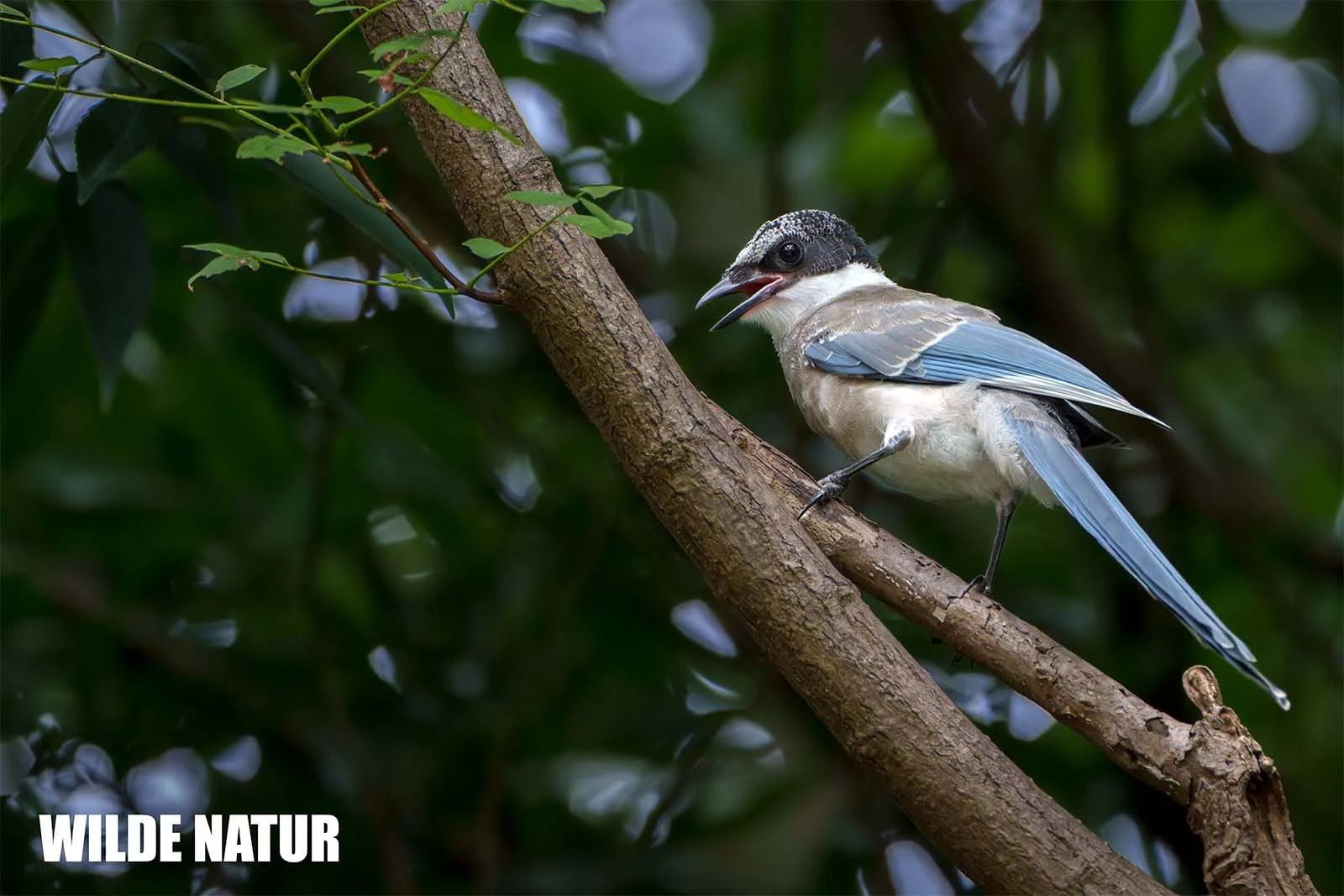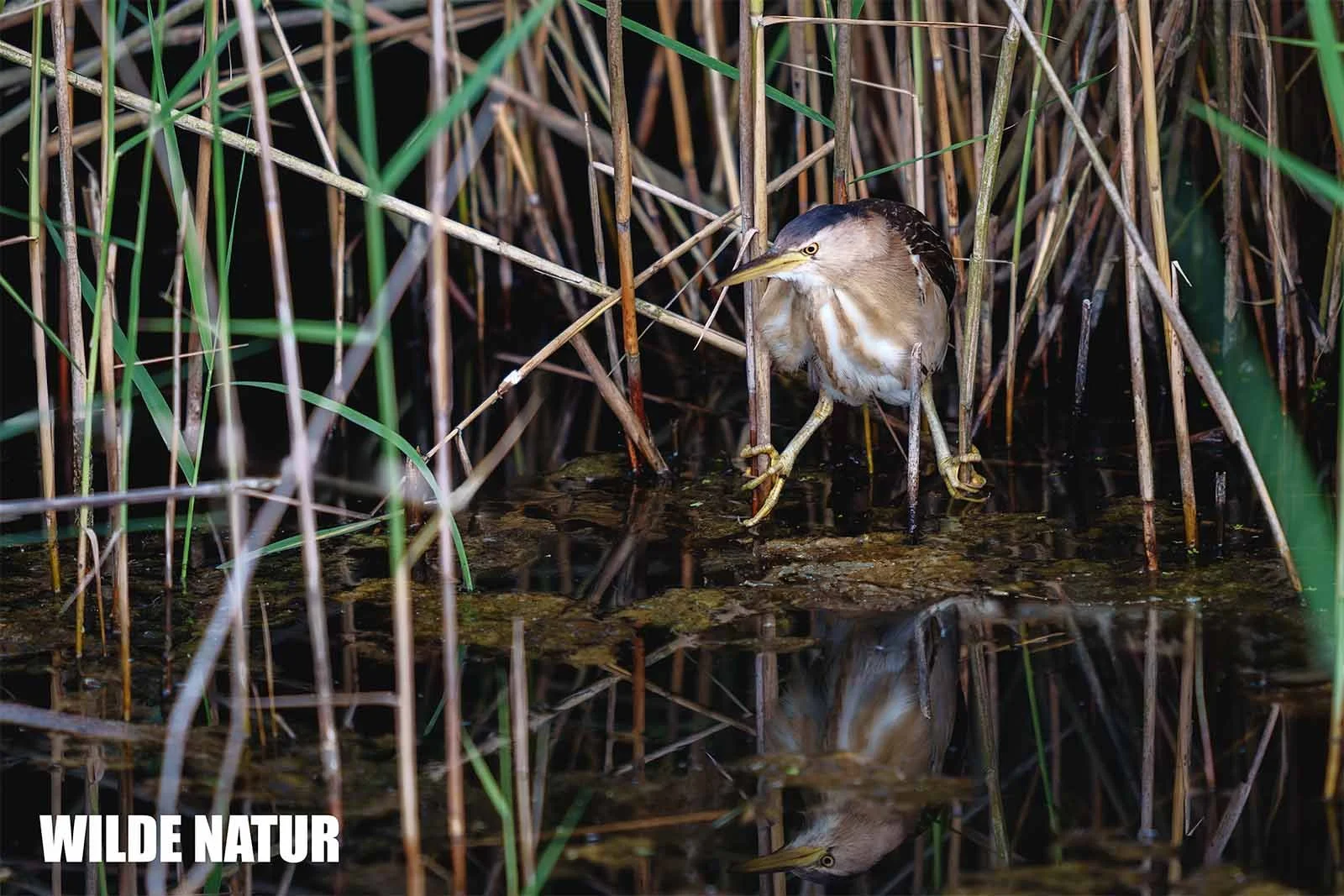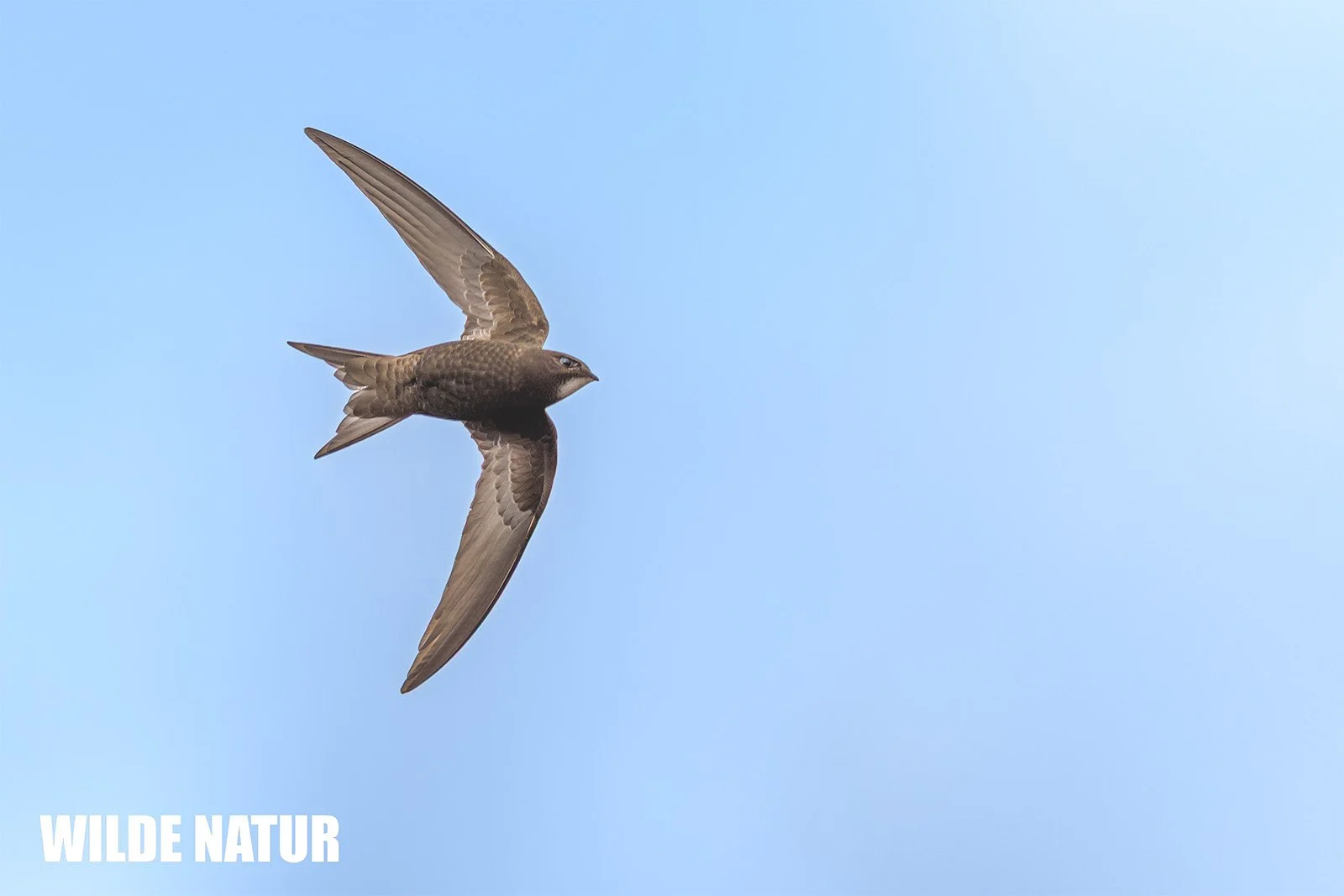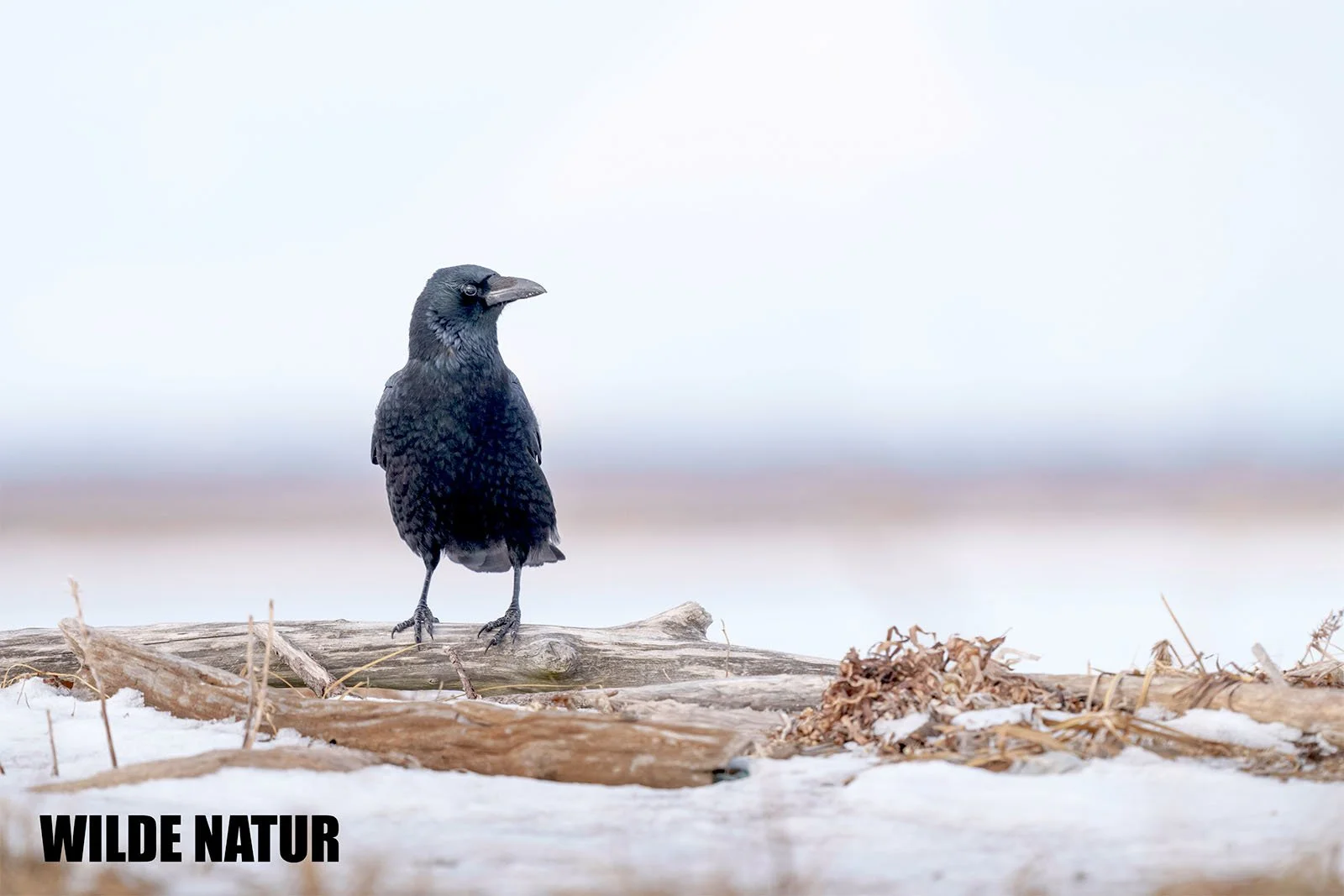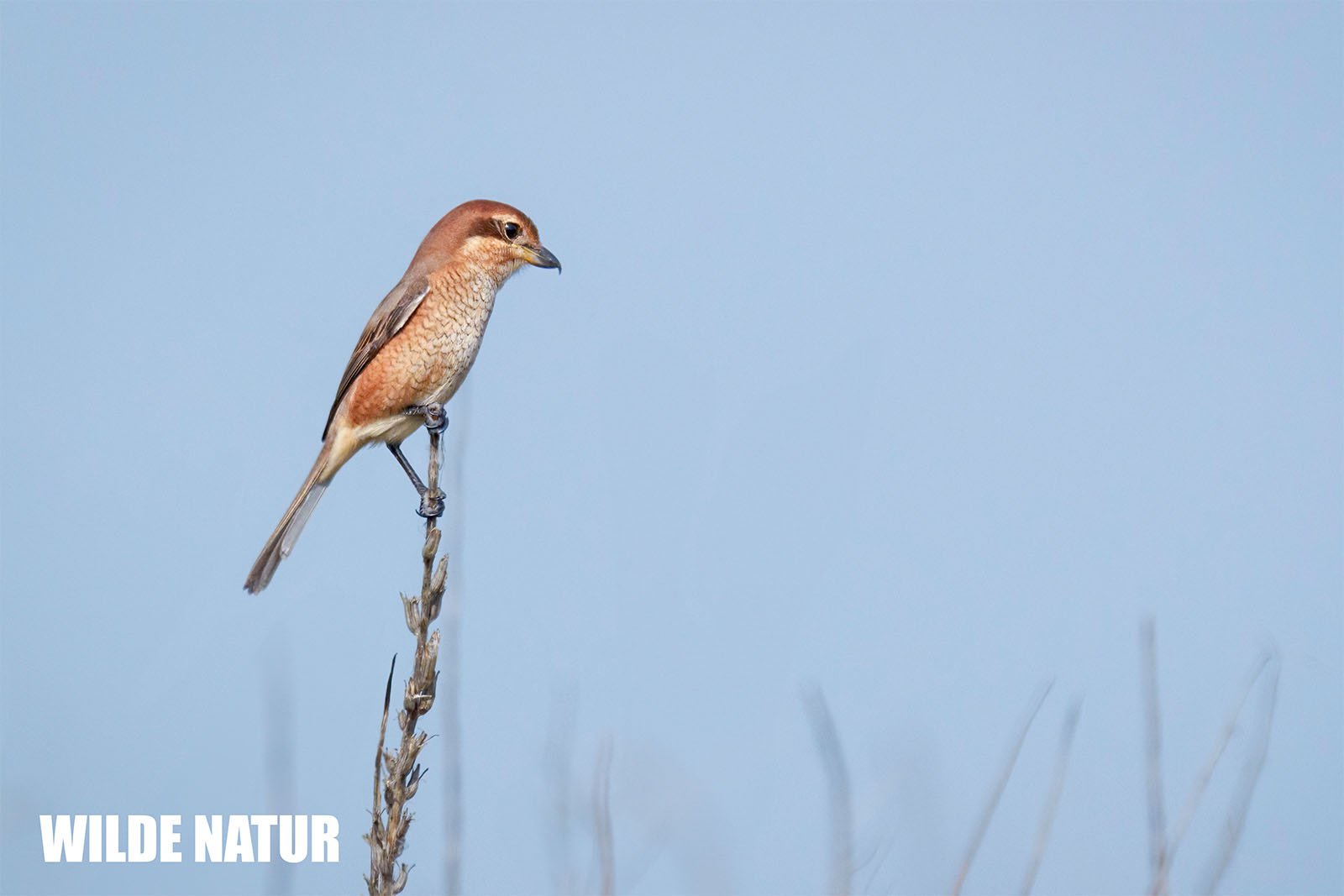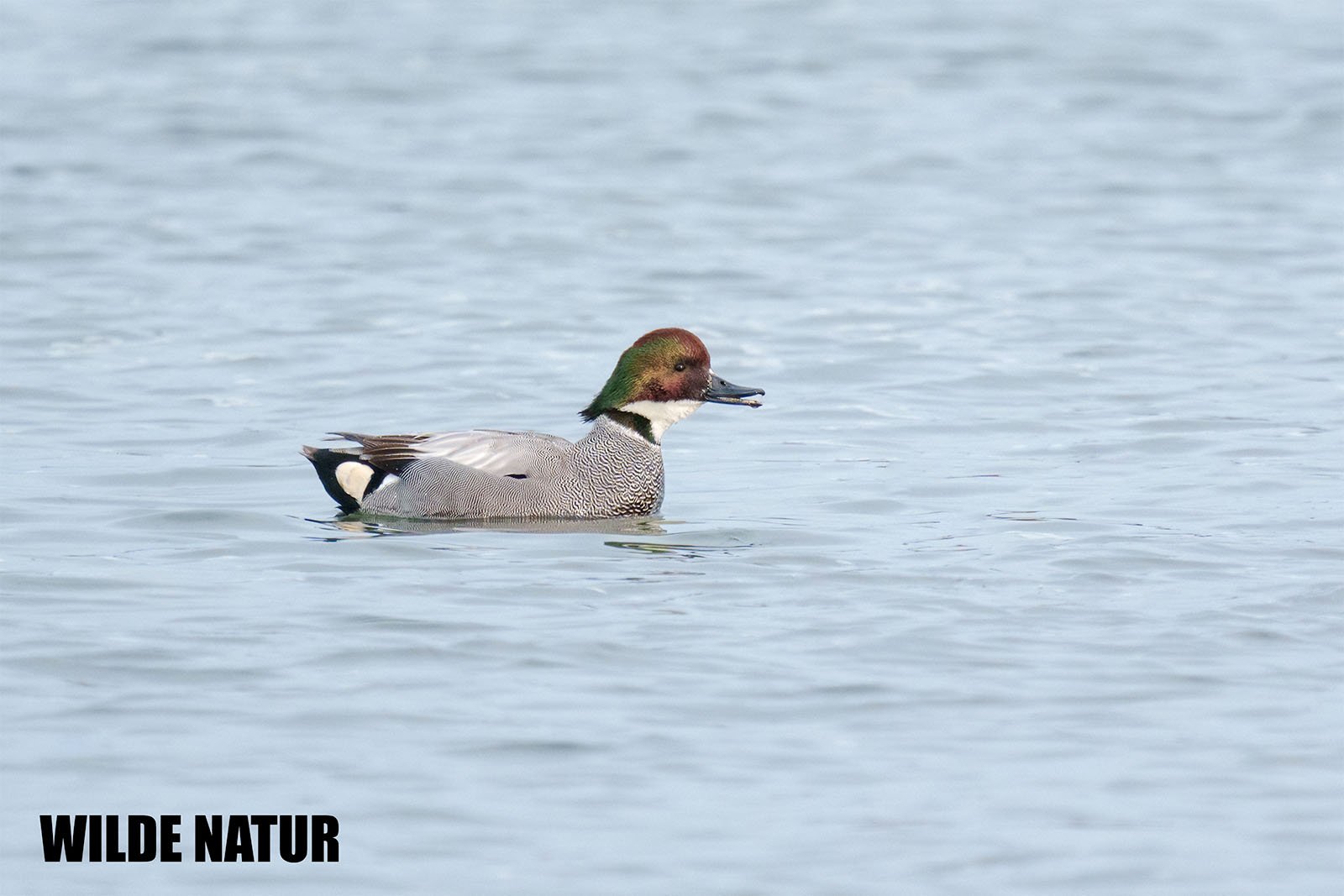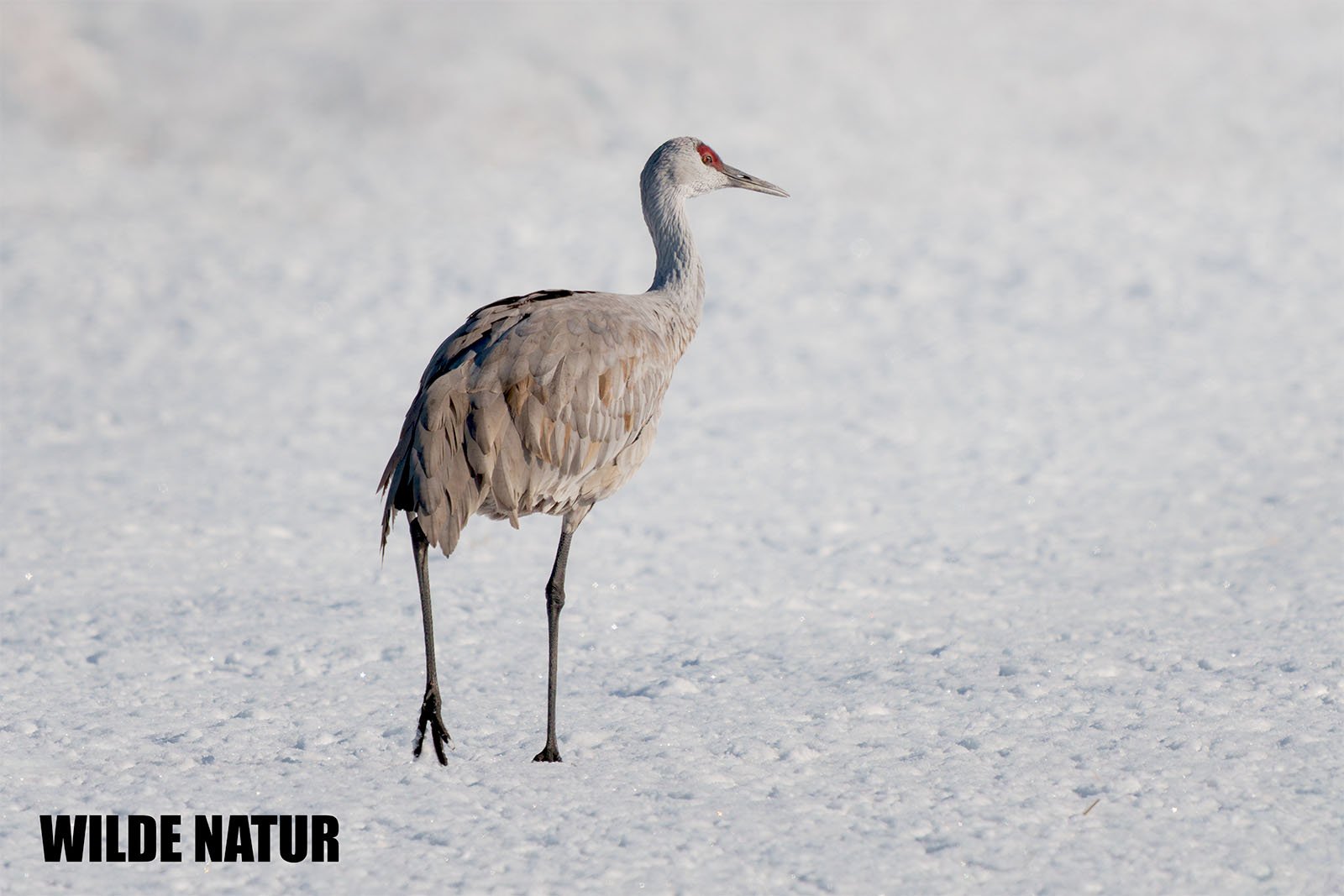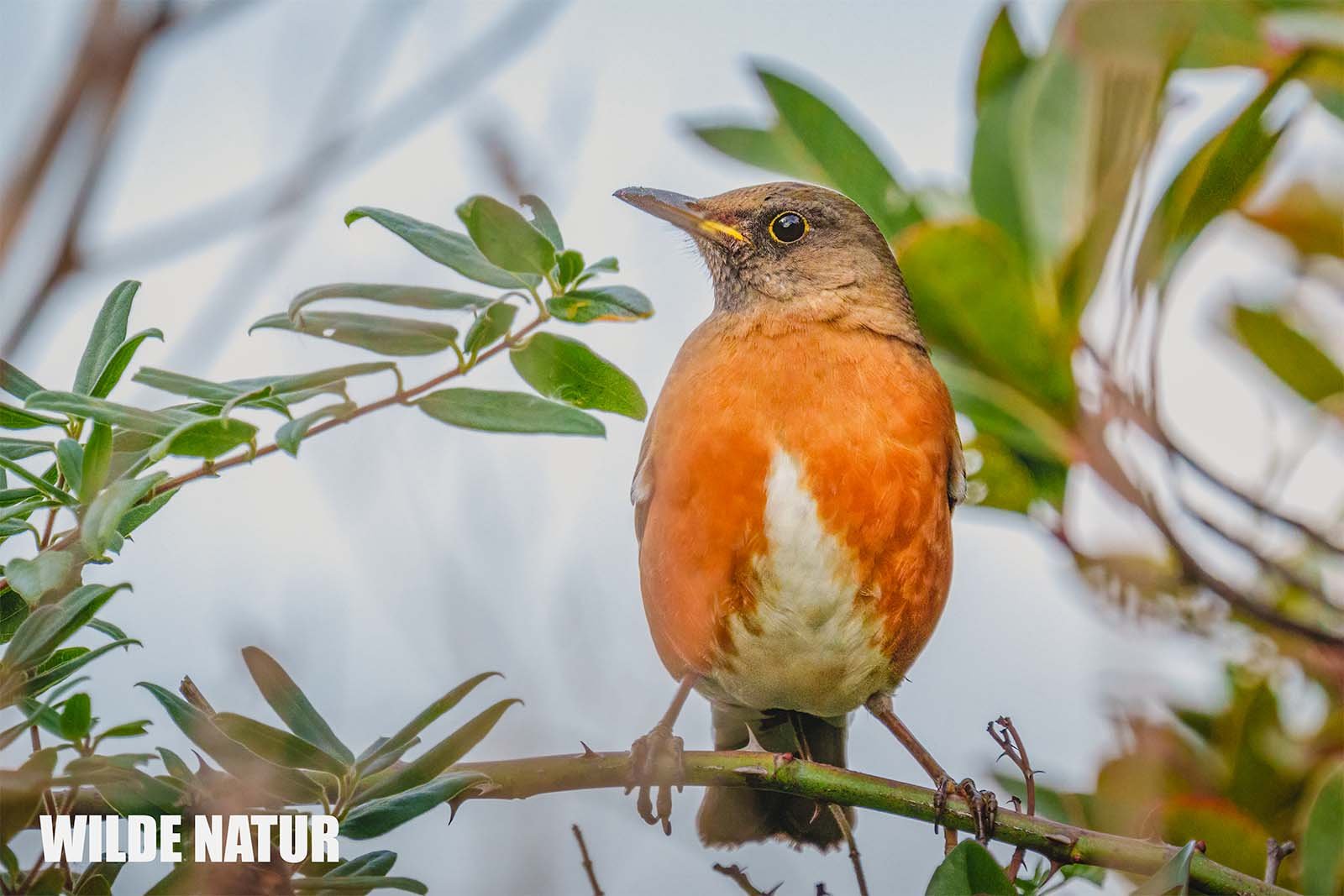Eurasian pygmy owl (Glaucidium passerinum)
Eurasian pygmy owl (Glaucidium passerinum)
The Pygmy Owl – Small but Mighty
The Eurasian Pygmy Owl is Europe's smallest owl, but don’t let its size fool you—it is a skilled hunter with piercing eyes and remarkable adaptability. This tiny predator thrives in old-growth forests with plenty of deadwood, where it often nests in abandoned woodpecker cavities.
Despite its unassuming size, the Pygmy Owl preys not only on mice but also on small birds up to the size of a Eurasian Bullfinch. It employs an effective hunting strategy, striking suddenly from a perch. Its distinctive whistling call, resembling the song of a Bullfinch, often reveals its presence long before its camouflaged plumage is spotted.
To observe the Pygmy Owl, look for it in structured forests, especially at dusk, when it becomes most active.
Table of Contents
- Key Facts
- Appearance & Features
- Habitat & Distribution
- Breeding & Nesting
- Calls & Behavior
- Diet & Hunting Technique
- Shortlist – All Key Facts at a Glance
- FAQ – Frequently Asked Questions
- Conclusion
1. Key Facts
- Size: 15–19 cm
- Wingspan: 32–39 cm
- Features: Europe’s smallest owl, round head, bright yellow eyes
- Habitat: Open coniferous and mixed forests with mature trees
- Breeding: Nests in woodpecker cavities, often in spruce or aspen trees
- Diet: Mainly small rodents but also small birds up to the size of a Bullfinch
2. Appearance & Features
The Eurasian Pygmy Owl is a compact, small owl with an imposing presence despite its tiny stature. Its flat head without ear tufts and bright yellow eyes give it an intense gaze.
Distinctive Features
- Head: Grayish-brown with fine white speckles
- Back: Dark brown with lighter spots
- Belly: Whitish with brownish vertical streaks
- Flight: Undulating, somewhat reminiscent of a woodpecker
How to Differentiate from Other Owls
- Smaller than the Boreal Owl
- Lacks the "expressive face" of the Little Owl
- Proportionally large head but no ear tufts
3. Habitat & Distribution
Breeding Habitat
- Mature coniferous and mixed forests with abundant old trees
- Forest edges and clearings with clusters of tall trees
- In Central Europe, mainly found in Bavaria, Thuringia, and the Harz Mountains
Range
- Found in Central and Northern Europe, extending deep into the taiga
- Slowly expanding into lower altitudes
4. Breeding & Nesting
- Pygmy Owls depend on old woodpecker cavities, especially those of the Great Spotted and Three-toed Woodpeckers.
- The female incubates the eggs, while the male supplies food.
- Prey remains often accumulate at the base of the nest tree after feeding.
- Chicks are altricial and leave the nest after 30–34 days.
5. Calls & Behavior
Distinctive Call
🎶 The Pygmy Owl is particularly vocal during the breeding season:
- A whistling, Bullfinch-like tone: "pjü üüü pjü üüü …"
- Females emit a thin, high-pitched “tsiieh”, similar to a Robin
- In autumn, territorial calls consist of fast, ascending whistling sequences
Behavior
Hunting Strategy:
- Perches in exposed spots (e.g., treetops) to scan for prey
- Surprises its prey with sudden, swift attacks
Activity Pattern:
- Most active during dawn and dusk
- Can also be seen hunting during the day in winter
6. Diet & Hunting Technique
Main Prey
- Rodents: Voles, wood mice, and bank voles
- Birds: From Goldcrests to Bullfinches
- Occasionally consumes shrews, lizards, and large insects
Hunting Technique
Highly Efficient Predator:
- Waits patiently on a perch before striking with speed and precision
- Stores food in “pantries” for later consumption
7. Shortlist – All Key Facts at a Glance
- Size: 15–19 cm
- Wingspan: 32–39 cm
- Features: Smallest European owl, flat head, yellow eyes
- Habitat: Open forests with mature trees and woodpecker cavities
- Nesting: In old woodpecker holes, often in spruce or aspen
- Call: Whistling "pjü üüü," females call "tsiieh"
- Diet: Rodents, small birds, occasionally shrews
8. FAQ – Frequently Asked Questions
How can you distinguish the Pygmy Owl from other owls?
- Smaller than the Boreal Owl, lacks a facial disk
- Flat-headed with no ear tufts
Why does the Pygmy Owl nest in woodpecker cavities?
It cannot excavate its own nest, so it relies on abandoned woodpecker holes.
Why is the Pygmy Owl so rarely seen?
Its tiny size and excellent camouflage make it difficult to spot—often, its distinctive call is the best way to detect it.
9. Conclusion
The Eurasian Pygmy Owl is a fascinating miniature owl that, despite its small size, is a highly efficient predator. It thrives in structured forests with plenty of old woodpecker cavities and can often be identified by its whistling territorial call.
Tip for Birdwatchers: To spot a Pygmy Owl, listen for its high-pitched whistles in forests with abundant deadwood, especially in early spring!



